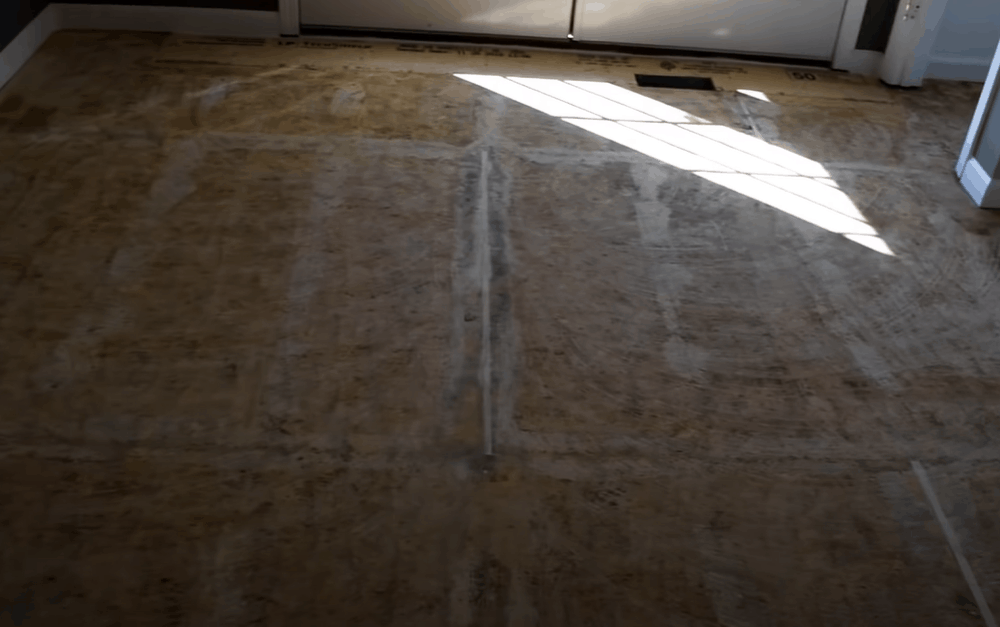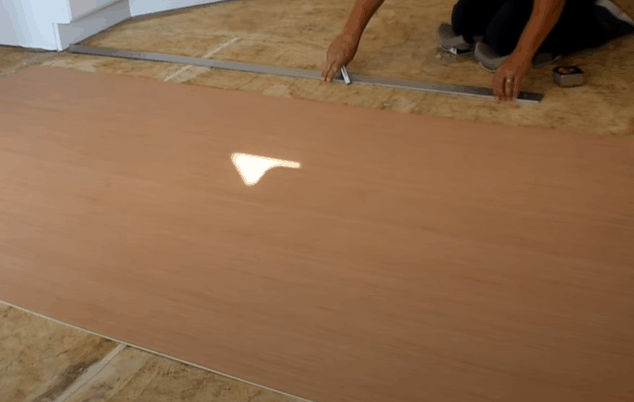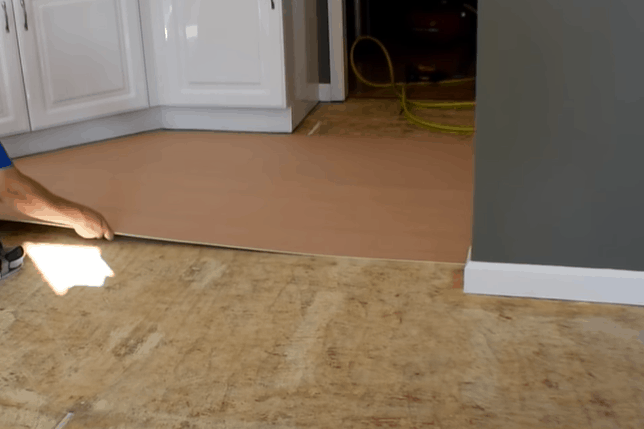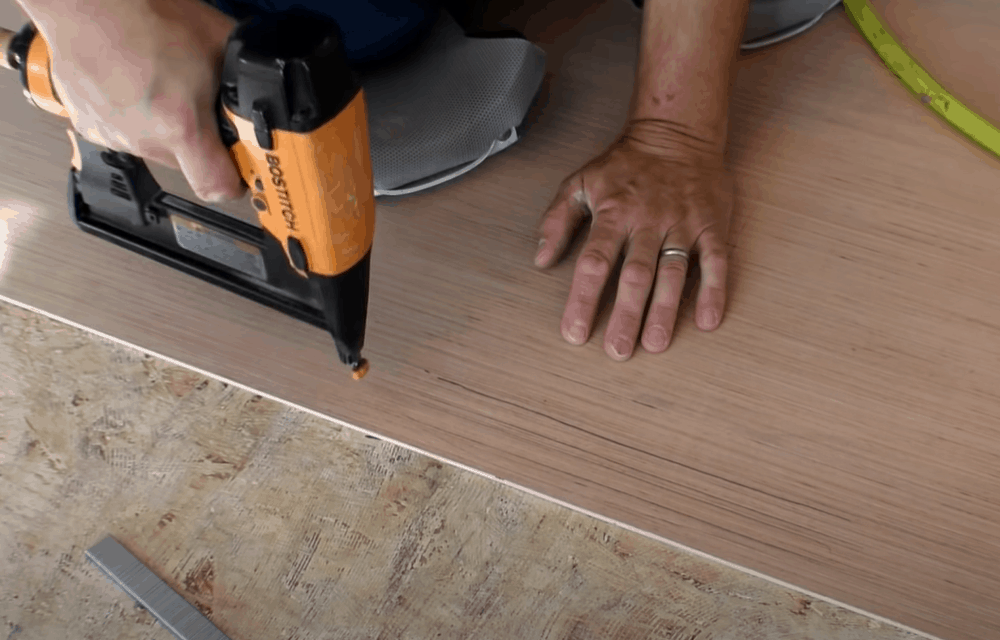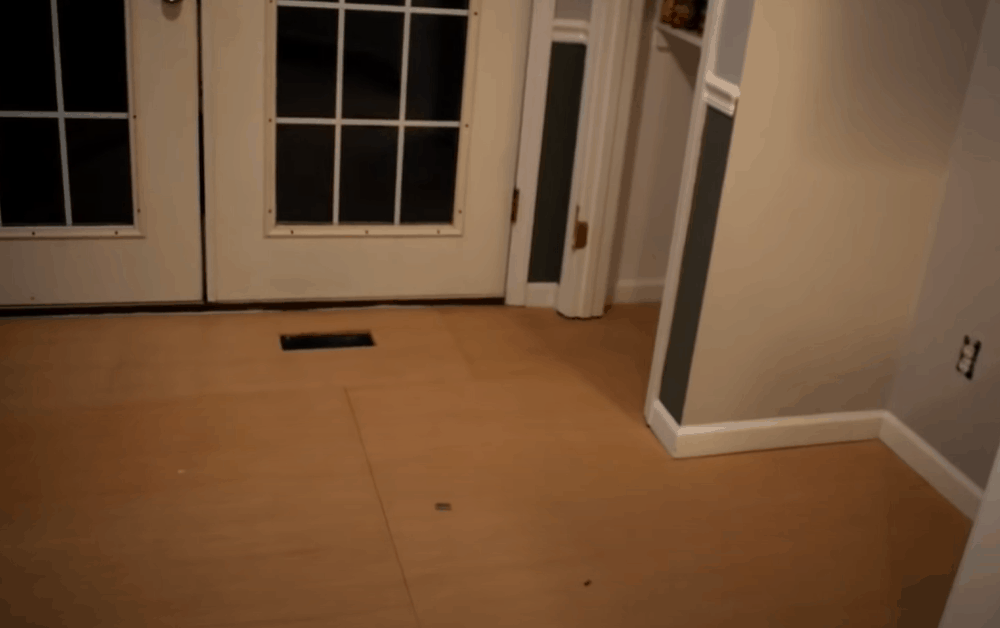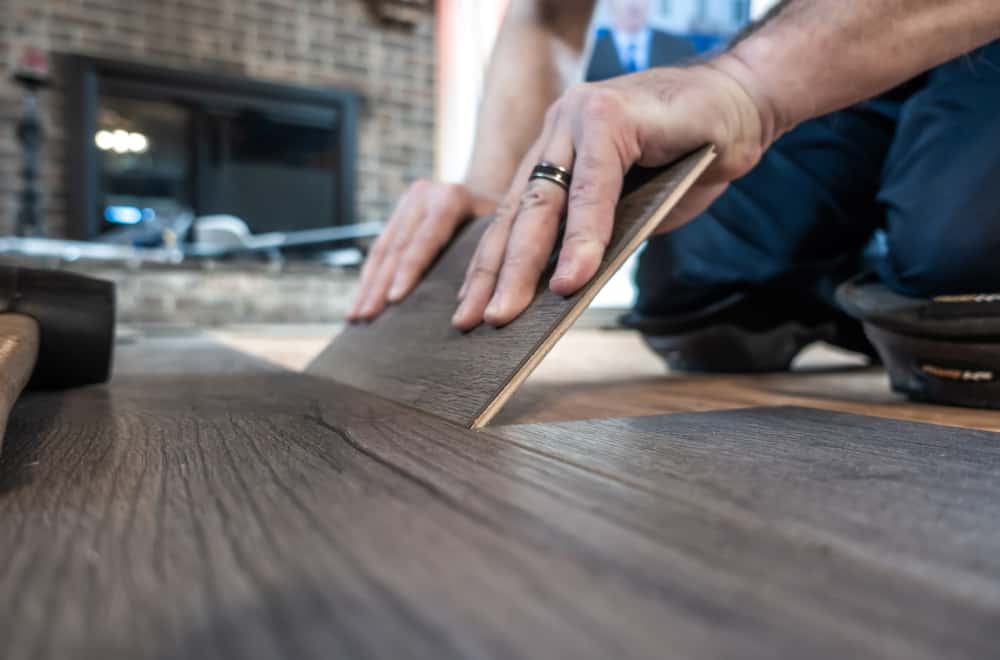When it comes to installing vinyl flooring, one of the things you need to pay attention to is the evenness of the surface. A flat subfloor allows your vinyl to firmly stick to the ground, making it more comfortable to step on.
One way to provide a smooth, even surface for your vinyl is to install Luan plywood, a thin, lightweight underlayment material that works great for vinyl sheets. Here is a quick guide on how to install Luan under a vinyl floor that will set you up for success if you decide to fit this type of underlay.
Table of Contents
Materials Needed for Installing Luan Under a Vinyl Floor
The following tools and materials can be bought or rented from any hardware store and some will be readily available at home.
- Luan plywood: Luan boards typically measure about 4 ft. by 8 ft. Measure your room to know how many of these you need. While at it, decide whether you want a quarter-inch or eighth-inch thickness and get the thickness that best suits your floor. If you will be installing a thick sheet of vinyl, it’s best to go for thinner plywood.
- Sander (optional): If your subfloor has large bumps that may prevent the plywood from sitting properly, use a sander or sandpaper to level these up.
- Patching compound (optional): This will come in handy if your subfloor has cracks or large gaps that need filling.
- Broom: You will need this to sweep up any dirt and debris out of the room.
- Bucket: Use the normal cleaning bucket.
- Water: Get clean, cold water.
- Mop or old rag: Use any of these to clean the subfloor.
- Measuring tape: Use this to measure your room to know how much plywood you need. A tape measure will also help you cut your Luan in the right sizes during installation.
- Pencil: A pencil will help you put marks on the boards so you can know where to cut.
- Circular saw: Use a circular saw to cut your plywood.
- Straightedge: With a straightedge, you will be able to draw a straight line on the plywood so you can make clean cuts.
- Crown staples: Get quarter-inch or eighth-inch crown staples to attach the Luan to the subfloor. The size of the staples will be determined by the thickness of your boards.
- Staple gun: Use this to insert staples into the plywood.
- Flooring adhesive (optional): If you choose to use glue instead of staples, go for an acrylic-based adhesive. Such adhesives are heat-resistant and do not get loose due to dampness.
- Caulk: Use this to seal the seams between plywood boards.
- Protective gear: Wear leather work gloves to avoid unnecessary cuts and if you will be using flooring adhesive, wear a mask too so you don’t inhale the fumes.
6 Easy Steps to Install Luan Under Vinyl Floor
How smooth or rough your underlayment will be after installation will depend on how you install your Luan. Luan plywood boards have a polished side and a slightly rugged side. For best results, make sure the smooth, polished side of the boards faces upward.
Step 1: Prepare the Subfloor
Even though Luan plywood will provide a flat surface for the vinyl flooring, it is important to make sure that the subfloor on which it sits is level and in perfect shape. If you will be laying it over a ceramic tile or hardwood floor, for instance, check to see there are no broken or missing panels.
Pull out or drive in any nails or screws that may be sticking out of the subfloor and sand any bumpy areas. If you find big cracks or spaces between floorboards, fill and level them up with a patching compound. You want to start with as smooth surface as possible so your plywood can sit properly on it.
Once done, sweep up the subfloor to get rid of dirt and debris and follow up with a damp mop to remove any leftover dust and dirt. Wait for the subfloor to completely dry before proceeding.
Step 2: Cut the Luan
Luan plywood usually measures 4 ft. by 8 ft. meaning, unless the length or width or the total area of your subfloor is a multiple of 4, you will need to cut the boards accordingly so they can properly fit on the subfloor.
To do this, begin by measuring the length of the subfloor and dividing it by the length of one plywood to know much plywood you need to cut.
If the length of the subfloor is 20 ft., for instance, you can be able to install your boards without trimming. But where the length is not a multiple of 4, say, if the subfloor measures 22 ft., you will need to cut your plywood to accommodate the extra 2 ft.
Use a measuring tape to measure your 2 feet, and put a small mark on the board to know where to cut, then draw a straight line across the mark to run from end to end. Now, grab your circular saw and cut the plywood, making sure not to stray from the line. Watch this video for more insights on how to cut plywood.
Pro Tip: When measuring your Luan, make sure to leave a quarter-inch gap between the plywood and the wall. It will allow the subfloor to expand and contract without pulling the plywood and causing the seams to separate.
Step 3: Dry Fit the Luan
After you have cut your plywood, do a dry fit, with each board positioned at its rightful spot to see how everything looks. Your cut pieces should go near the wall with the trimmed edges directly against the wall.
Step 4: Install the Luan
If you are happy with how your plywood looks, go ahead and stick the boards to the ground. Start by removing all the boards and setting them aside.
Place your first board at one corner of the room the same way you laid it during the dry fit. Remember to leave the quarter-inch expansion gap, as failure to do so can negatively affect the integrity and life of the vinyl flooring you will be installing later.
Then, using a staple gun, drive in crown staples into the Luan to attach the boards to the ground. Some people use flooring adhesive to stick the plywood to the ground. Others use both staples and glue. Whichever way you choose to do it, make sure your boards are completely attached to the subfloor to create a strong foundation for the vinyl floor.
Once the first board is set, install the rest of the boards following the same procedure and ensure that you are sticking to your dry fit layout.
Step 5: Smooth the Surface
Caulk spaces between the seams and any holes left by chipped boards. Make sure the sealant is completely dry before laying your vinyl flooring. Also, check to see if there are any bumps around the seams and flatten these with your sander or sandpaper. You want to ensure your plywood is level and smooth before installing your new vinyl over it.
Step 6: Install Your Vinyl Flooring
With your Luan underlayment all set up, you can now lay your vinyl flooring over it. But different types of vinyl flooring come with different methods of installation. Read the manufacturer’s instructions to know how to properly install your vinyl floor over Luan. And if you are not sure what needs to be done, consider having a professional do the job for you.
Additional Tips for Installing Luan Under a Vinyl Floor
- Use Luan with the right vinyl flooring
When installing Luan under vinyl, experts advise using sheet vinyl rather than vinyl tile or planks. This is because even though the underlayment offers a smooth, level surface for the vinyl, it is not moisture-proof and will usually swell and get damaged when wet.
Water from mopping or spills can seep through the plank or tile seams and soak into the plywood, which can cause the boards to swell and lumps to form underneath the floor, which can be seen on your vinyl’s surface.
- Check your vinyl flooring warranty
Manufacturers of vinyl flooring will often specify the type of underlayment that should be used with their product. Some will not warranty a vinyl product if it will be laid over Luan, especially if the product is tile or plank flooring.
- Allow time for acclimation
Like your vinyl flooring, your Luan plywood needs to be placed in the room it will be installed 48 hours before the installation to give it time to adjust to the surrounding temperature.
The Takeaway
Luan provides a smooth surface for installing vinyl flooring. If you are looking for the perfect underlayment to put beneath your sheet vinyl, then Luan would be an affordable option.
The process of installation is pretty easy, as all you got to do is prepare the existing subfloor, cut the Luan, then staple or adhere the boards to the ground. From there, you can go ahead and lay your vinyl.
